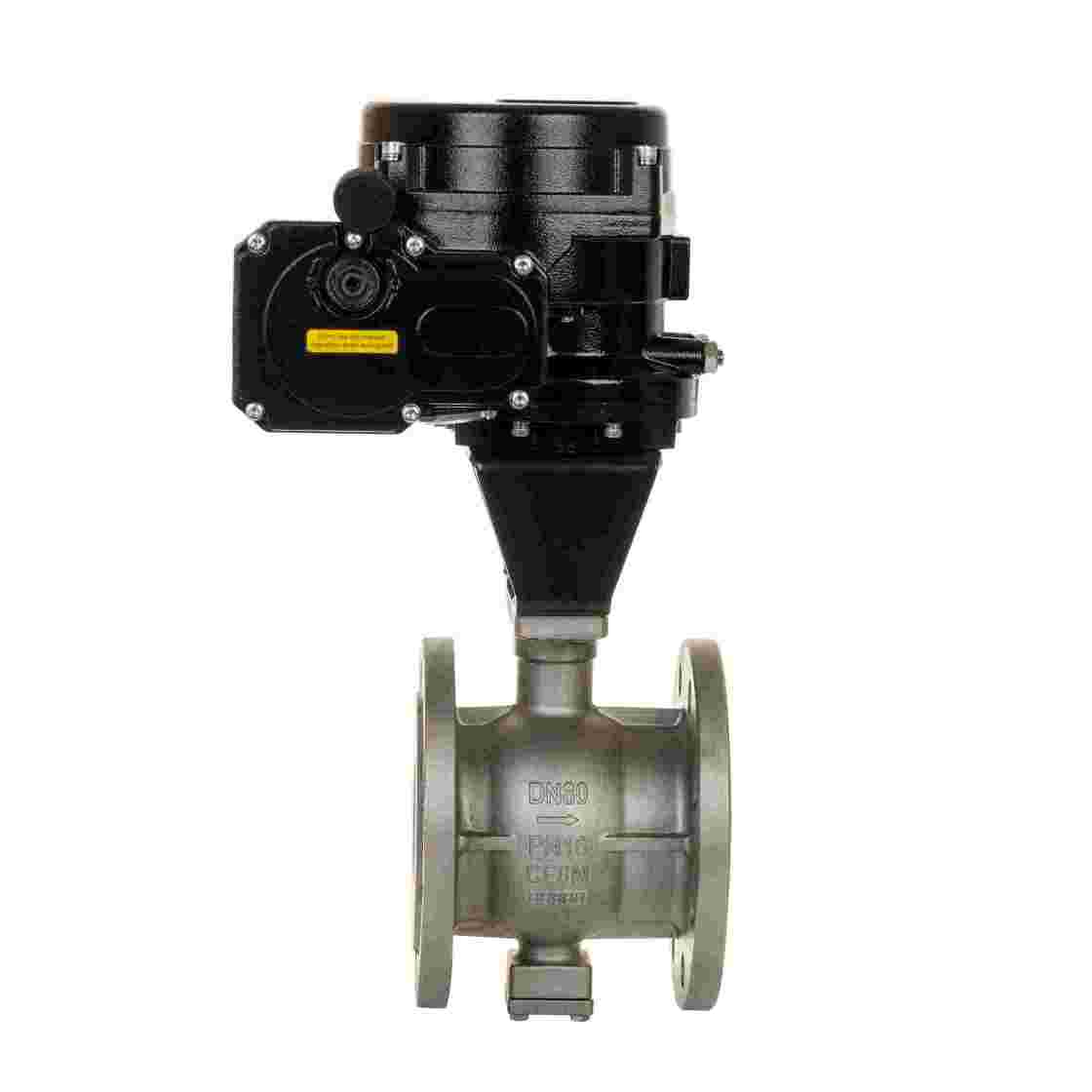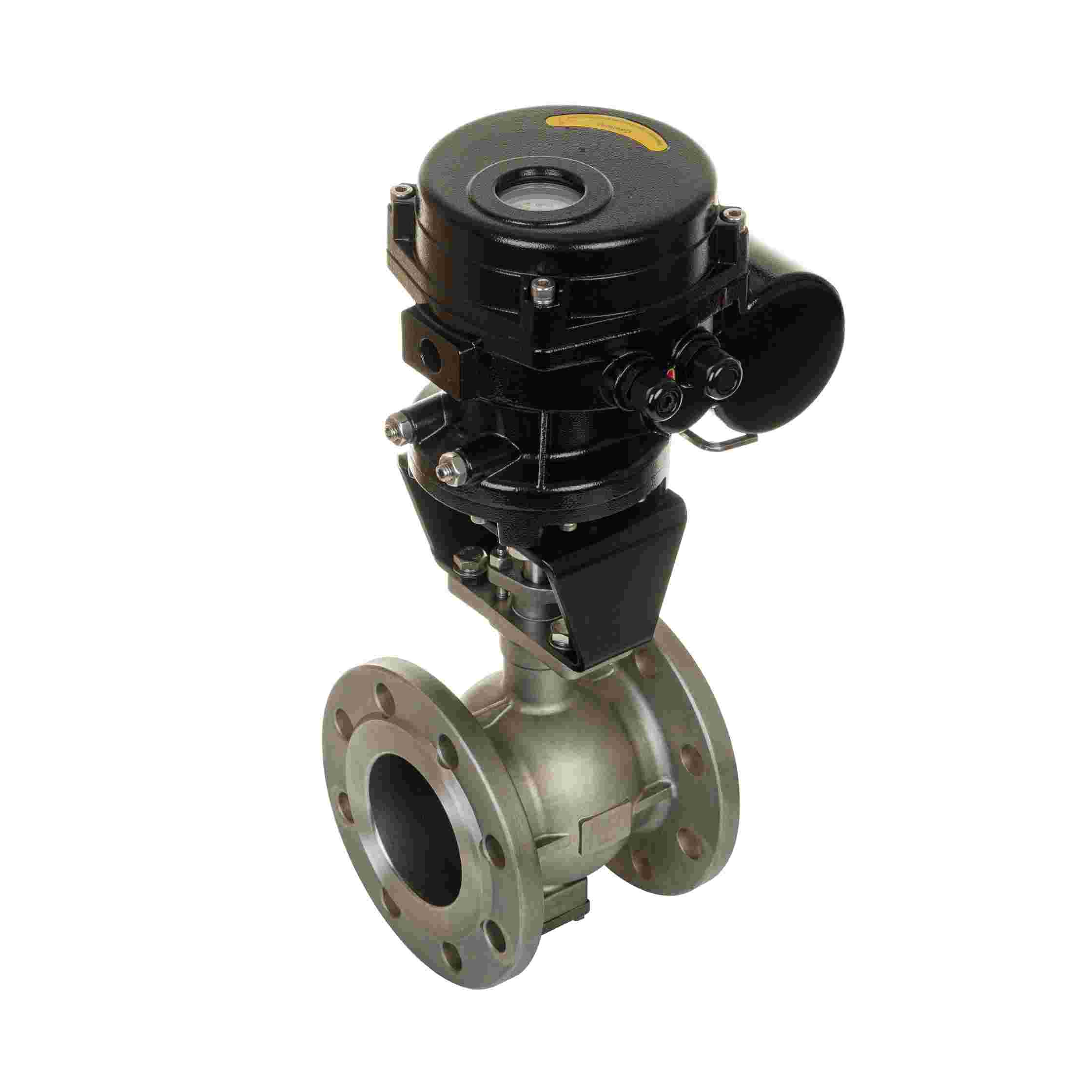
In the world of energy storage, lithium-ion batteries have become the powerhouse behind a myriad of applications, from electric vehicles to consumer electronics. As these batteries gain popularity, ensuring their safe operation has become a paramount concern. Among the various components that contribute to the safety and reliability of lithium batteries, the Lithium Battery Power Off Reset Valve (PORV) stands out as a critical innovation designed to enhance battery performance while preventing potential hazards.

The primary function of a Power Off Reset Valve is to serve as a safety mechanism that addresses issues related to internal pressure and temperature fluctuations within the battery. Under normal operating conditions, lithium-ion batteries are stable and safe. However, in situations where the battery is subjected to overcharging, short-circuits, or thermal runaway, the internal pressure can increase significantly. If this pressure exceeds predetermined safety limits, it can pose severe risks, including rupture, leakage, and even combustion. The PORV acts as a fail-safe, designed to release pressure and mitigate these dangers.

